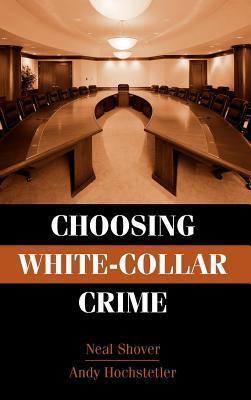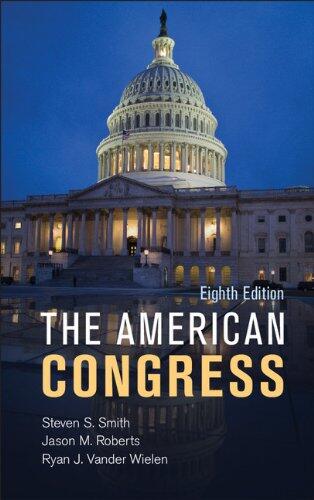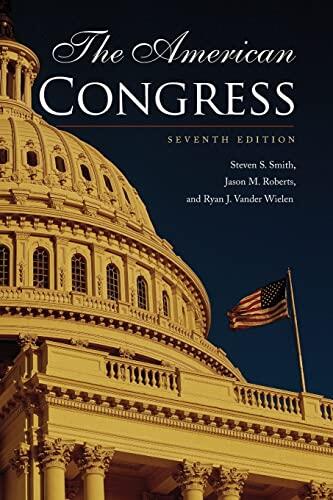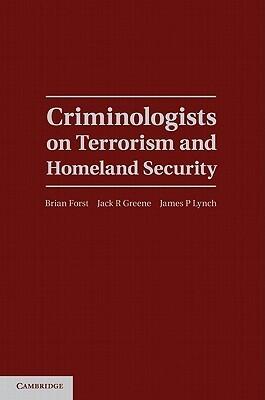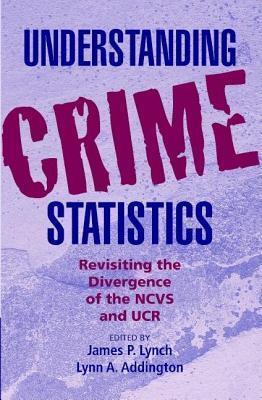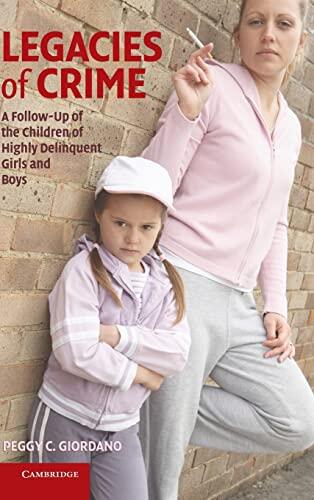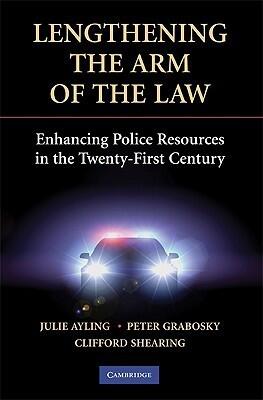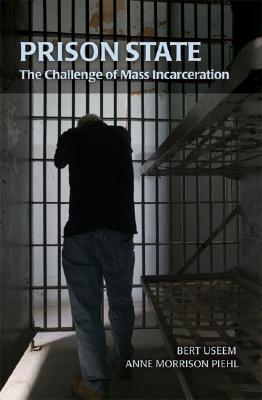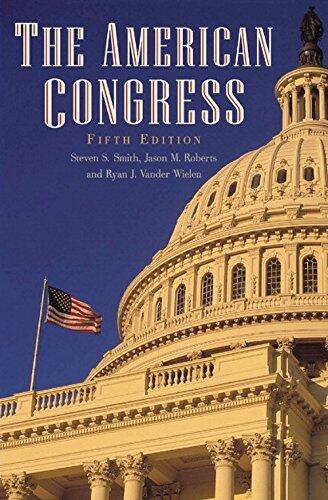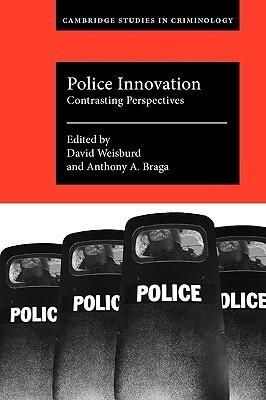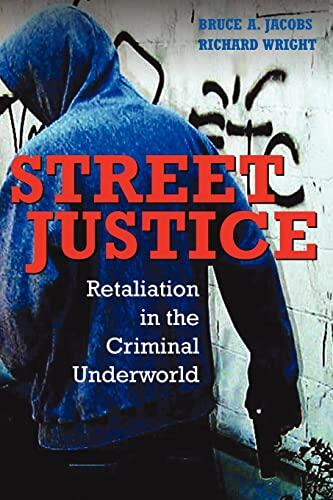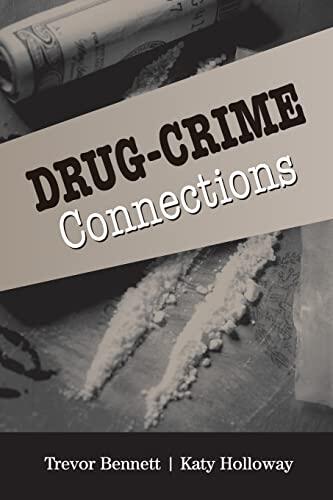
Drug-Crime Connections
还没有评分
Mystery
Science & Technology
格式
平装书
页数
374
语言
英语
已发布
Sep 24, 2007
出版商
Cambridge University Press
版本
1
ISBN-10
0521687144
ISBN-13
9780521687140
描述
Trevor Bennett and Katy Holloway delve into the complex relationship between drug use and criminal behavior, presenting an insightful exploration that questions widely held assumptions. They provide a nuanced analysis that confronts the prevailing belief that drug use invariably leads to increased crime rates. Instead, the authors highlight the multifaceted factors influencing these connections, suggesting that the narrative is not as straightforward as often perceived.
Through extensive research and thorough examination of various data sets, Bennett and Holloway uncover patterns that reveal a more intricate interplay. They discuss how socioeconomic status, environment, and individual circumstances contribute significantly to drug-related crime. Their findings encourage readers to reconsider the stereotypes surrounding drug users and offenders, advocating for a more empathetic and informed understanding of these individuals.
By challenging the myth of a direct link between drugs and crime, the authors open a dialogue about potential policy implications and the need for revised approaches to drug-related issues. Their work serves as a critical resource for both scholars and practitioners, aspiring to spark further research and the development of more effective solutions. Ultimately, the book invites readers to take a step back and reassess their beliefs about the drug-crime nexus in contemporary society.
Through extensive research and thorough examination of various data sets, Bennett and Holloway uncover patterns that reveal a more intricate interplay. They discuss how socioeconomic status, environment, and individual circumstances contribute significantly to drug-related crime. Their findings encourage readers to reconsider the stereotypes surrounding drug users and offenders, advocating for a more empathetic and informed understanding of these individuals.
By challenging the myth of a direct link between drugs and crime, the authors open a dialogue about potential policy implications and the need for revised approaches to drug-related issues. Their work serves as a critical resource for both scholars and practitioners, aspiring to spark further research and the development of more effective solutions. Ultimately, the book invites readers to take a step back and reassess their beliefs about the drug-crime nexus in contemporary society.

